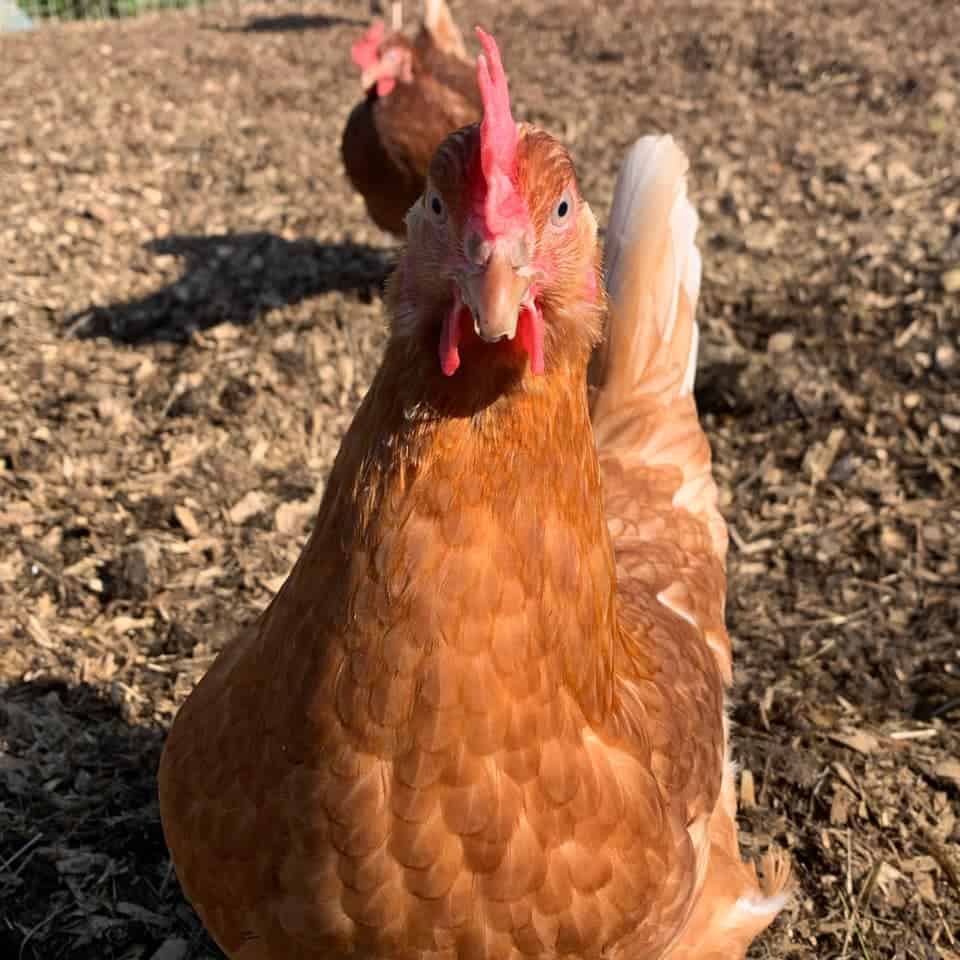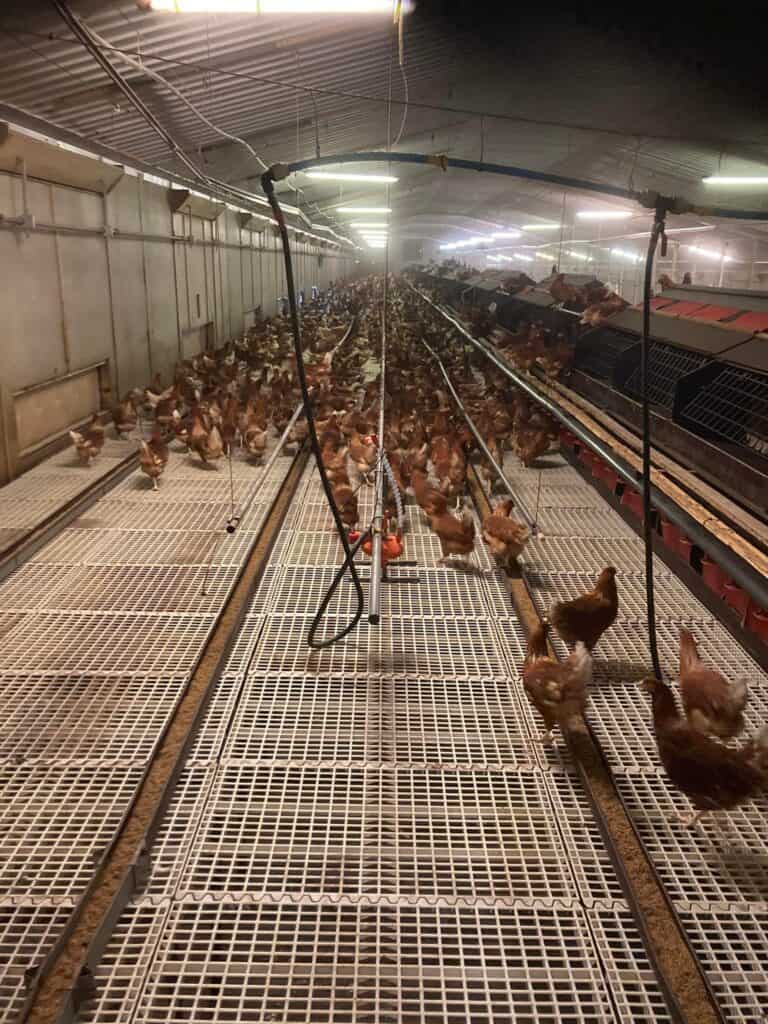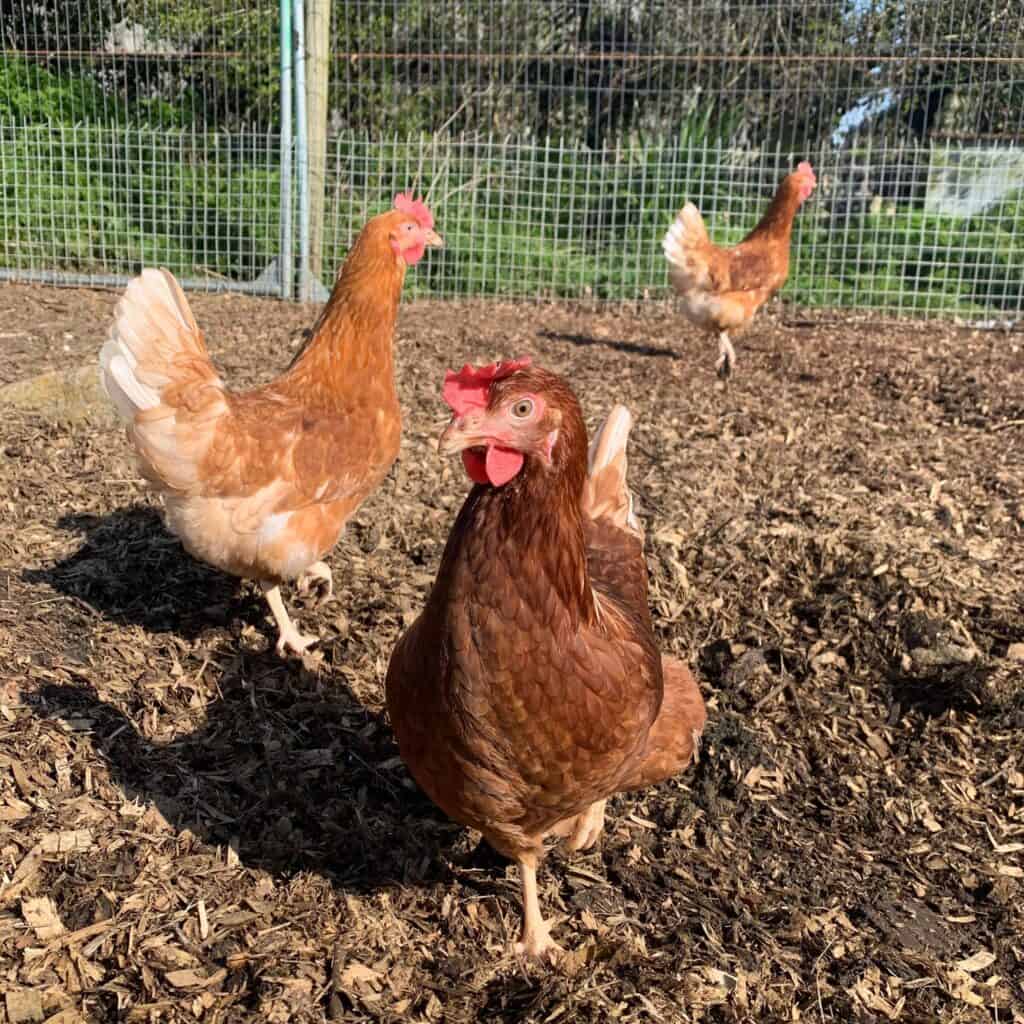The disconnect between comsumers and the food on their plates has arguably never been wider – Andrew Livingston suggests that social media can help
Twenty years ago, if someone had had said that social media would be a vital tool for farmers, quite honestly, you would have thought they were mad. Farmer Giles down the road really wasn’t updating his Myspace or Bebo pages.
Today, however, Facebook, Twitter, Instagram, Snapchat and TikTok are all useful and engaging platforms for farmers.
I’m not saying your average farmer needs to know how to do an Instagram story to be a good stockman, or that a decent TikTok will help them know about their cereals. But it really does help in other ways.
When I started at Westleaze Farm, I was quick to set up Facebook and Instagram pages for our farms in both Beaminster and Weymouth. I wouldn’t call myself an influencer, but social media has undoubtedly helped us engage and sell our produce to our local communities.
It’s an education
But the real reason that farmers need to be on the socials is education – people outside farming need to learn about what’s really happening on-farm.
After LEAF (Linking Environment and Farming) Open Farm Sundays, social media is the best way to try to educate the public about the truth about farming – because they currently have no idea.
Recently, in Weymouth, we had new birds placed for our next flock of free range layer hens and, as we always do, we put out a post promoting the girls.
With the post, we published pictures inside the shed (opposite) – a rare and moderately brave thing for a chicken farm to do, as it always opens you up for scrutiny from those who seem to have no conception of where their food really comes from.
The Facebook post was swiftly deluged with comments, mostly untrue and misinformed, as the people of Weymouth decided to tell us that actually our birds weren’t free-range – “These aren’t free-range then,” and “Poor hens locked inside.”
One user did respond and put it perfectly: “I swear we’re so out of touch with where our food comes from … You can drive past this particular farm and see the hens out in the field.”
You can see the other side of that shed wall in the video above.
Eco-aware generations
I don’t blame the public for having no idea where their food comes from. Frankly, they have never been taught the truth. I wouldn’t advocate for agriculture and the environment being a compulsory subject in schools, but kids do need to be taught at a young age what has to happen for their turkey dinosaurs to reach their plate.
Unfortunately, Countryfile and similar programmes don’t show what true farming is like – lambing season isn’t always in warm, perfectly lit barns. For smaller farms, it’s a case of chasing the lambing ewes in the middle of the night across open fields through sideways rain.
Millennials, Gen Y and Gen Z are all growing up with a greater understanding of the environment and of their own carbon footprint. Farmers need to fight to teach these eco-aware generations that farming is more than just a methane statistic.
Apparenmtly the mainstream news media isn’t interested in showing farming in a good light, but thankfully for us the new generations don’t watch old news media – they scroll on phones and watch silly dances. And with that comes the opportunity to get seen and teach them something new.
Dip into FarmTok (farming videos on TikTok) here. Careful – it just might surprise you.
Sponsored by Trethowans – Law as it should be





